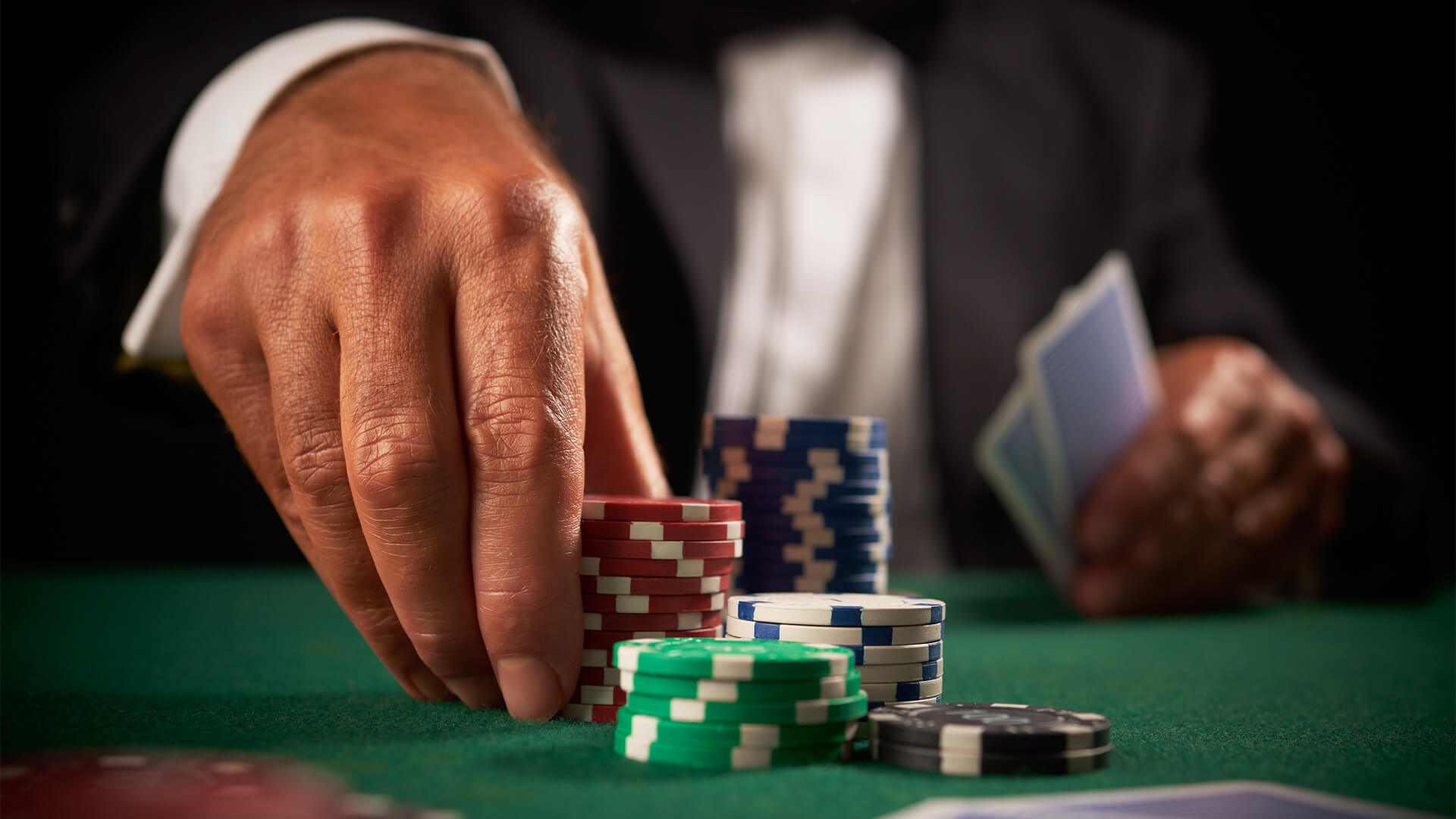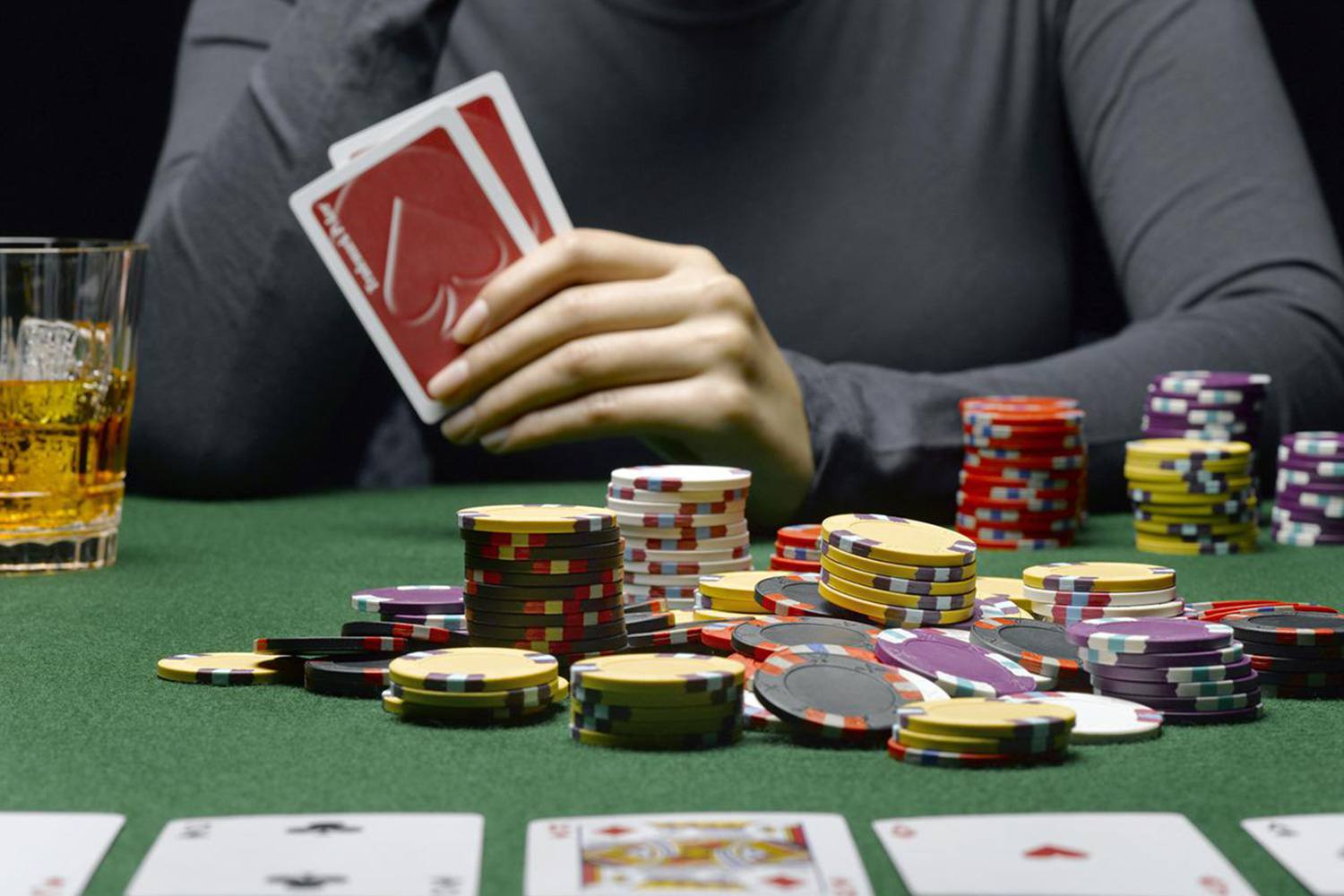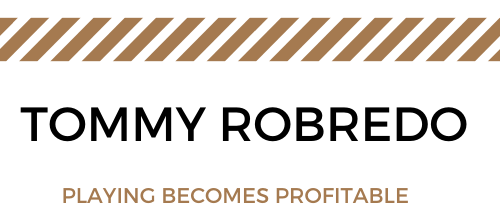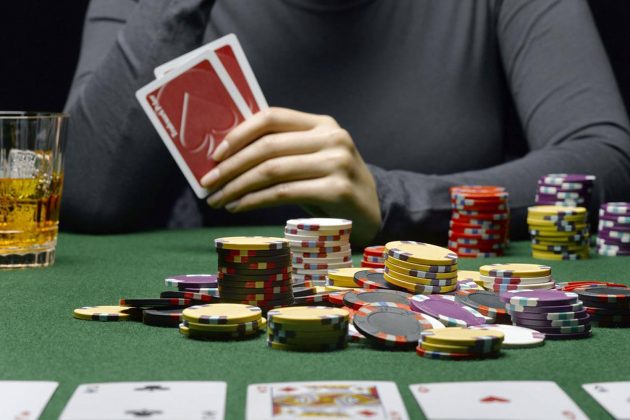Mnemonics is a useful tool in undergoing poker training. Mnemonics helps players learn cards easily. With 1,326 possible 2-card pocket cards on a given round, players should be able to memorize each card combination, so they can apply the right strategy. With mnemonics, players do not have to be concerned with memorizing strategies, but focus on the game when the action starts.
For the playing of the games at slot online, you need to prepare the right approach. The understanding of the terms and conditions is essential for the players to have more benefits. The playing of the best games will provide more real cash in the bank account of the gamblers.
The fundamentals of poker training start with knowing the poker odds. The odds change from game to game, round to round, and flop to flop. Poker odds also change depending on the number of players left in the table. In a standard deck, there are 2,598,960 card possibilities. Poker players should have a grasp on the poker odds, so they can estimate if they have a chance to win a round or not.

Learning poker lingo is important in poker training. Some poker-specific terms are pot odds, effective odds, and implied odds. Pot odds are the ratio of money in the prize pot that a player needs to continue the hand. Effective odds are the amount of money you expect to make if you win over your contribution to the pot. Implied odds is the ratio of the total money you expect to win over your immediate contribution to the pot.
In poker training, bluffing is an essential topic. Bluffing happens when a player bets or raises a hand that may not be the best in the round. Winning a bluff is very satisfying because you essentially fooled a player into folding even though your opponents have higher card value. Bluffing is not ideal every round because someone will call your bluff eventually.
Semi-bluffing is another strategy that aggressive players use to steal the pot. Semi-bluffing is playing the hand that may not be the best in the round, but has the potential to come out on top later in the round. Semi-bluffing can be done effectively only if the player knows what his odds are.
Poker is a straightforward game. The main objective is to get the highest card combination at the end of each round to win. The best way to win in poker is to stick to the basics and keep things simple. In the long run, players who stick to the basics have a higher probability of winning the table.
New players always fail with beginners mistakes. These mistakes include playing too many hands, being greedy in a round, becoming too emotional at the table, imitating other players, and depending on superstitions and more. Basic poker training will introduce you to common mistakes and tell you how to avoid them.

A major decision in a poker round that new players must learn is when to fold. Folding is essentially putting yourself out of the round to save you from committing more money to the pot. Knowing when to fold is crucial in developing your style of play and winning the table.
Before any poker training poker course, you must ask yourself why you want to play poker and be good at it. There are many different reasons why people play poker. Poker brings social rewards because it is a fun game to play with friends and family. Learning poker is also one way to understand how the pros play, so you can appreciate competitive poker games better.
The elements of a competitive player are math skills, discipline, psychological skills, and a clear understanding of risk versus rewards. Exceptional poker players have mastered all these skills. If you want to become a competitive player, you must know your strengths and weaknesses among the four elements and devise a game plan to improve on them.

